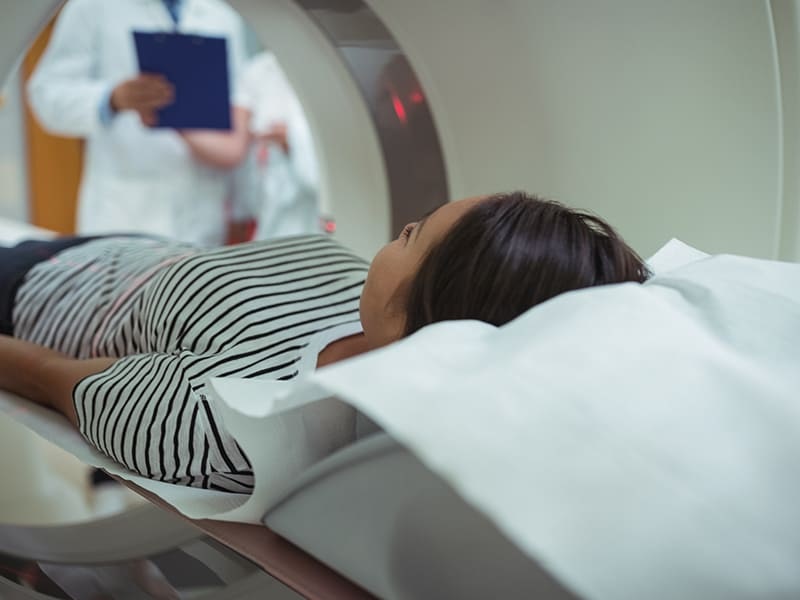Nano-technology has revolutionized the field of drug delivery, offering a promising solution to enhance the efficacy and safety of treatments. By utilizing nanoscale materials and structures, researchers have been able to design more precise drug delivery systems that target specific cells or tissues, minimizing side effects and improving therapeutic outcomes.

Benefits of Nano-technology in Drug Delivery:
- Precise Targeting: Nano-sized drug carriers can be engineered to deliver medications directly to the affected area, increasing the concentration of the drug at the target site while reducing systemic exposure.
- Improved Bioavailability: Nano-particles can enhance the solubility and stability of poorly soluble drugs, ensuring better absorption and distribution in the body.
- Prolonged Release: Nano-technology enables controlled release of drugs over an extended period, leading to sustained therapeutic effects and reducing the frequency of dosing.
- Enhanced Penetration: Nano-carriers can cross biological barriers more effectively, such as the blood-brain barrier, enabling drugs to reach previously inaccessible areas.
Impact on Treatment Efficacy:
The application of nano-technology in drug delivery has significantly improved treatment efficacy across various medical conditions. One of the key advantages is the ability to overcome challenges associated with conventional drug delivery methods, such as poor drug solubility, rapid clearance from the body, and off-target effects.
For example, in cancer therapy, nano-particles can selectively target tumor cells while sparing healthy tissues, reducing the risk of toxicity and enhancing the overall effectiveness of chemotherapy. Similarly, in infectious diseases, nano-technology can deliver antimicrobial agents directly to the site of infection, increasing the concentration of the drug at the source of the pathogen.
Moreover, the versatility of nano-technology allows for the development of personalized medicine approaches, where drug formulations can be tailored to individual patient characteristics, such as genetic makeup or disease profile. This precision medicine approach maximizes treatment outcomes while minimizing adverse reactions, leading to better patient outcomes and quality of life.
Future Directions and Challenges:
As nano-technology continues to advance, researchers are exploring new avenues for drug delivery, including the use of stimuli-responsive nano-carriers that release drugs in response to specific triggers within the body, such as pH or temperature changes. Additionally, the integration of nanotechnology with other cutting-edge technologies, such as artificial intelligence and gene editing, holds immense potential for personalized and targeted therapies.
However, despite the promising benefits of nano-technology in drug delivery, several challenges remain, including regulatory hurdles, manufacturing scalability, and long-term safety concerns. Addressing these issues will be crucial to realizing the full potential of nano-technology in improving treatment efficacy and patient outcomes.
In conclusion, nano-technology has emerged as a game-changer in drug delivery, offering innovative solutions to enhance treatment efficacy and revolutionize the way we deliver medications. By harnessing the power of nano-scale materials and structures, researchers are paving the way for more effective, targeted, and personalized therapies that have the potential to transform healthcare and improve patient lives.

